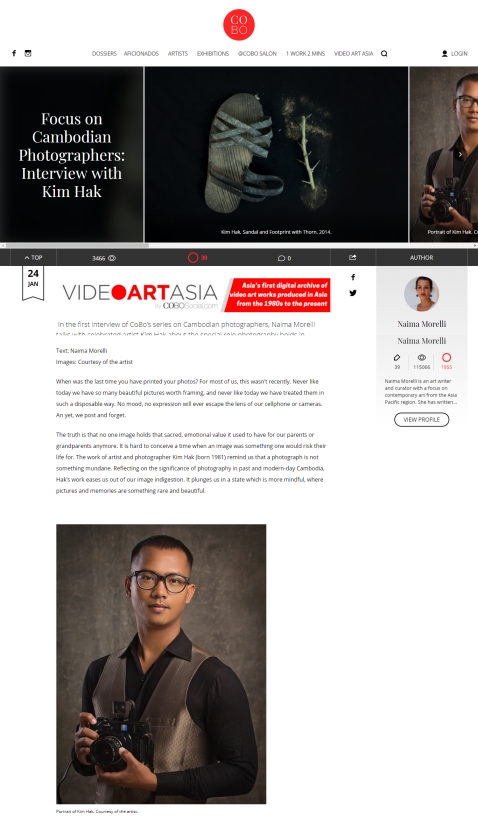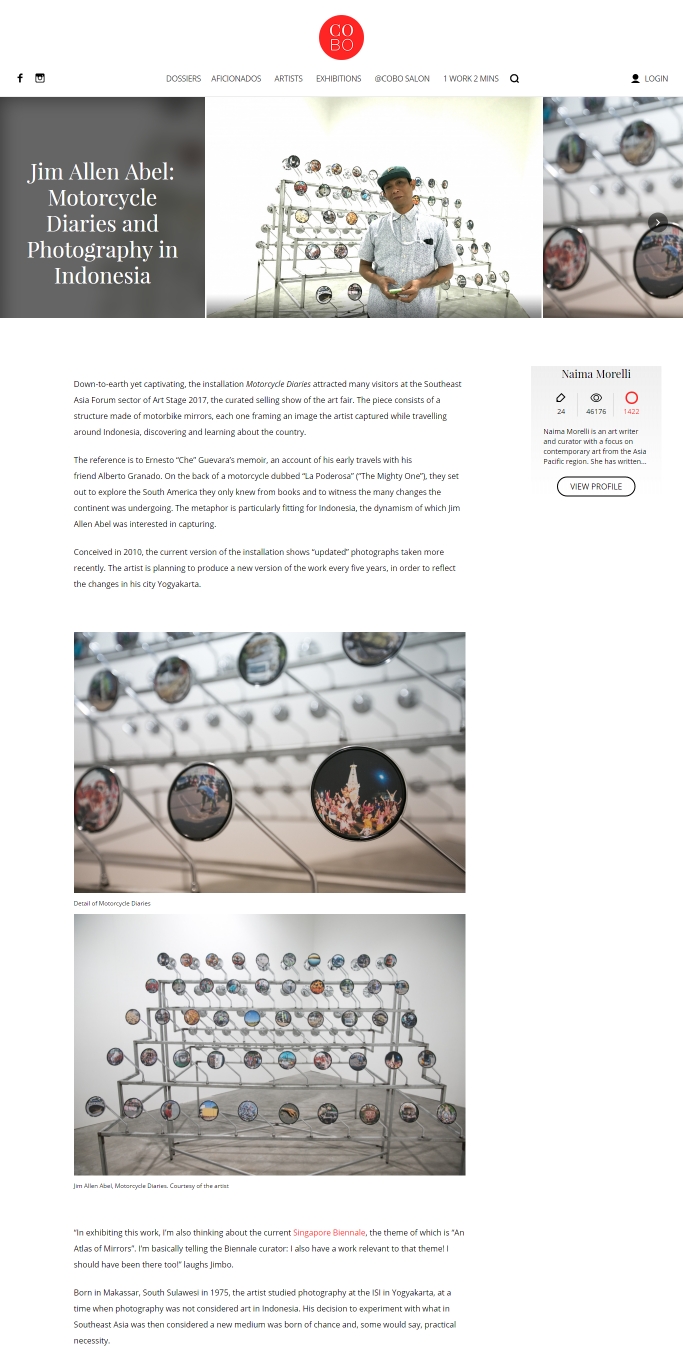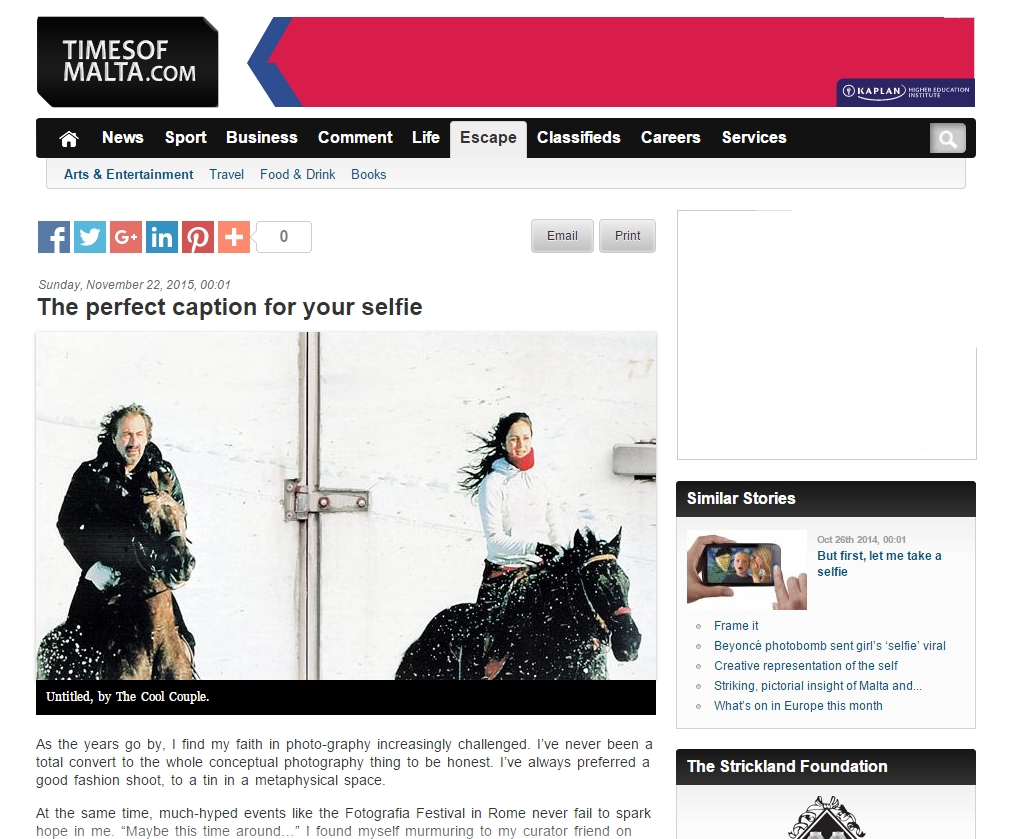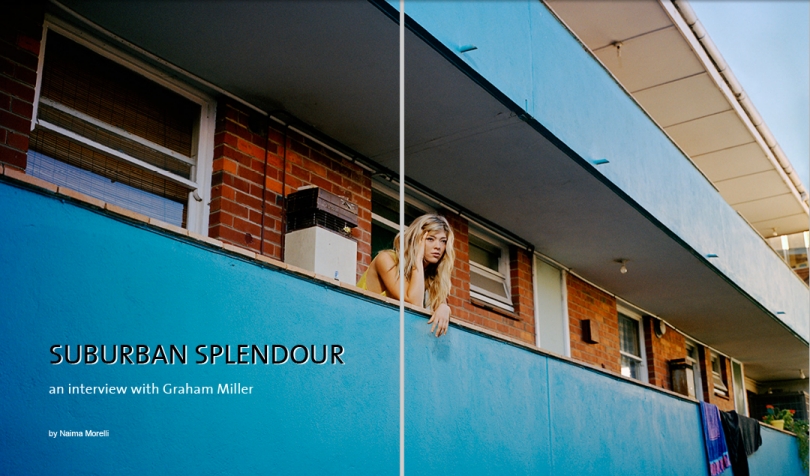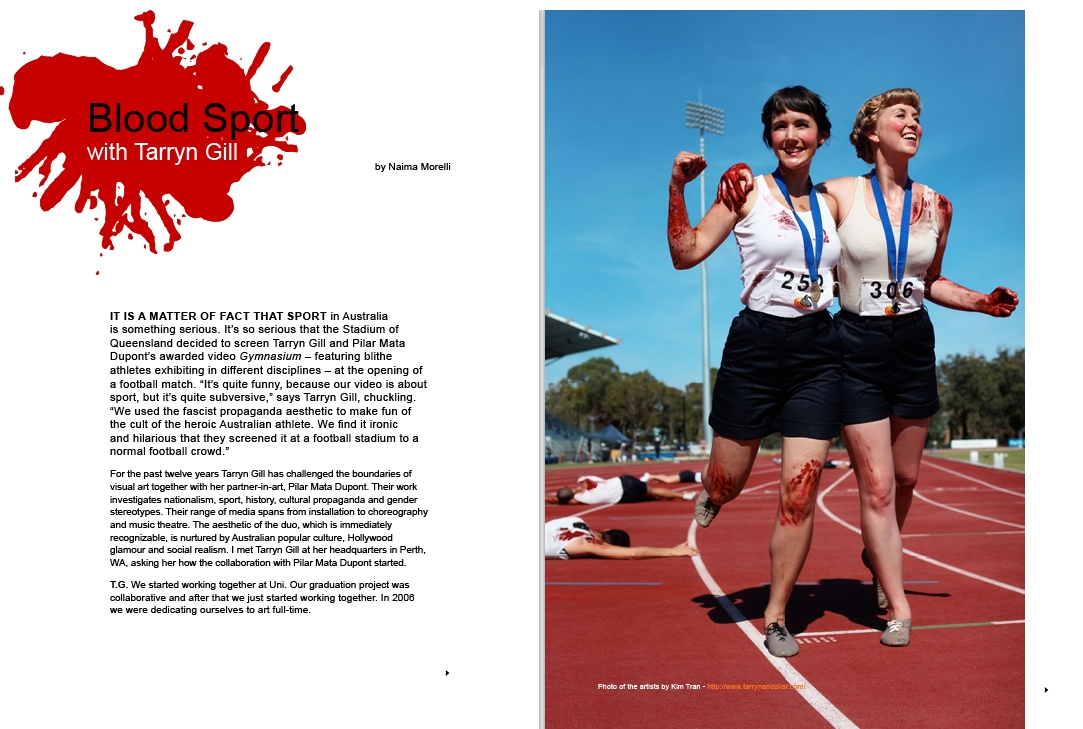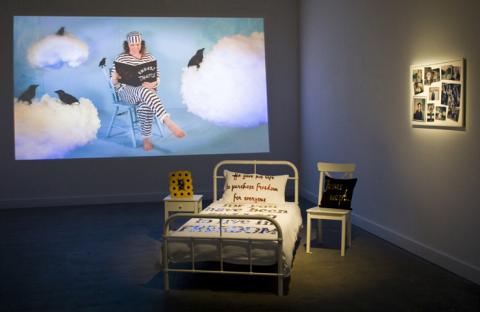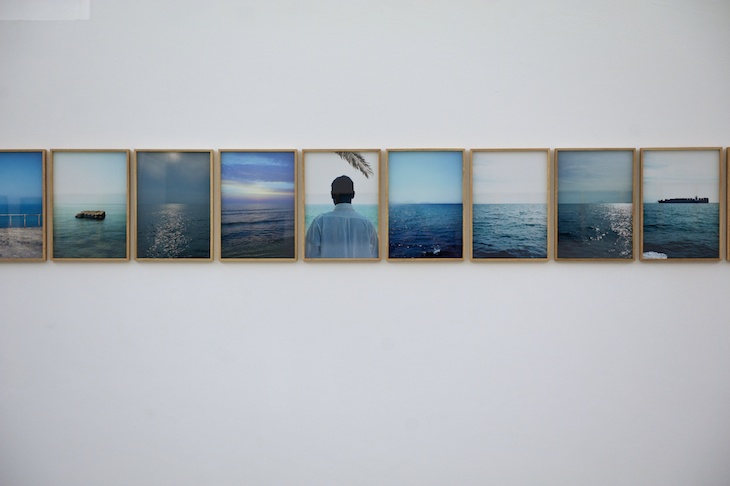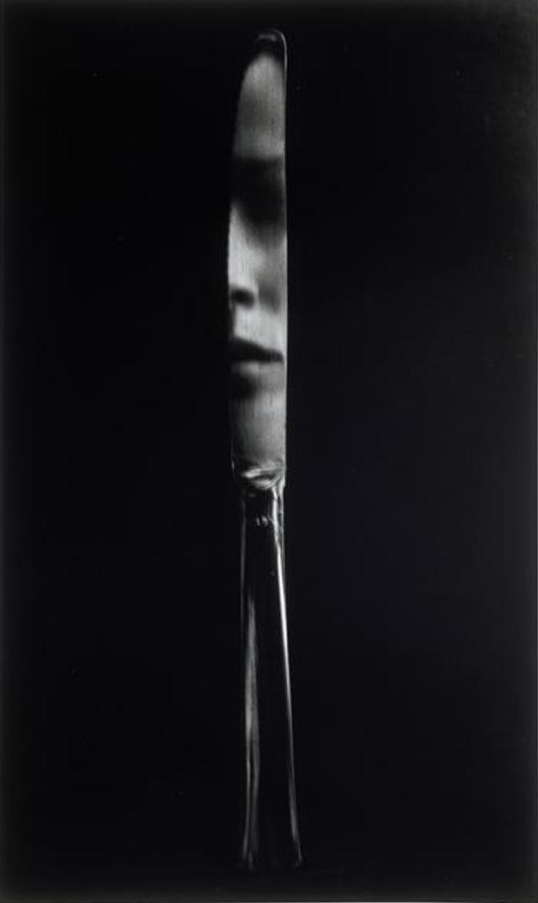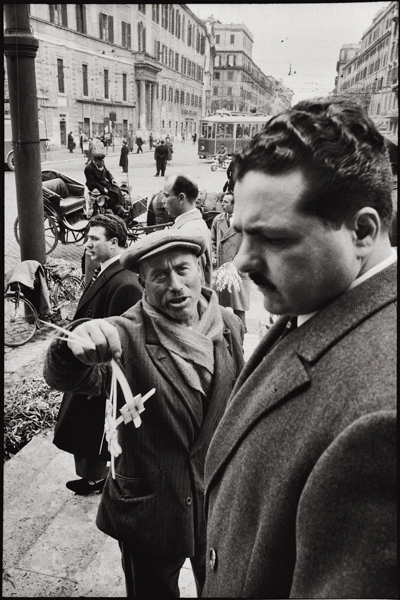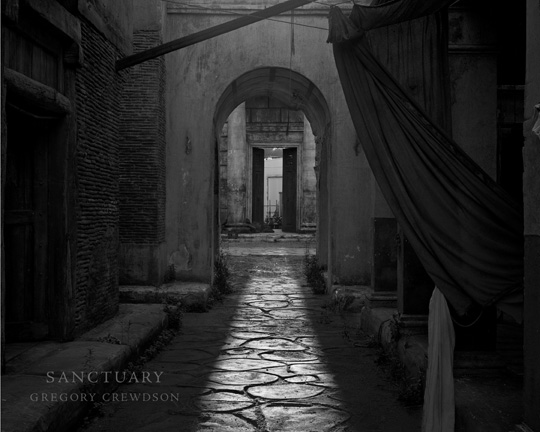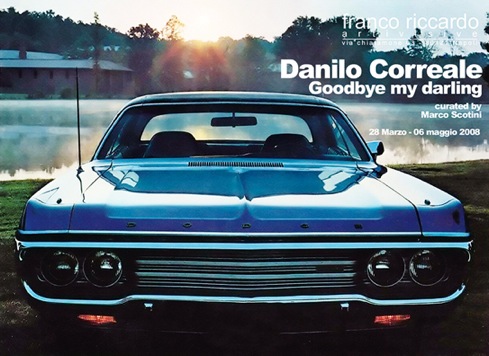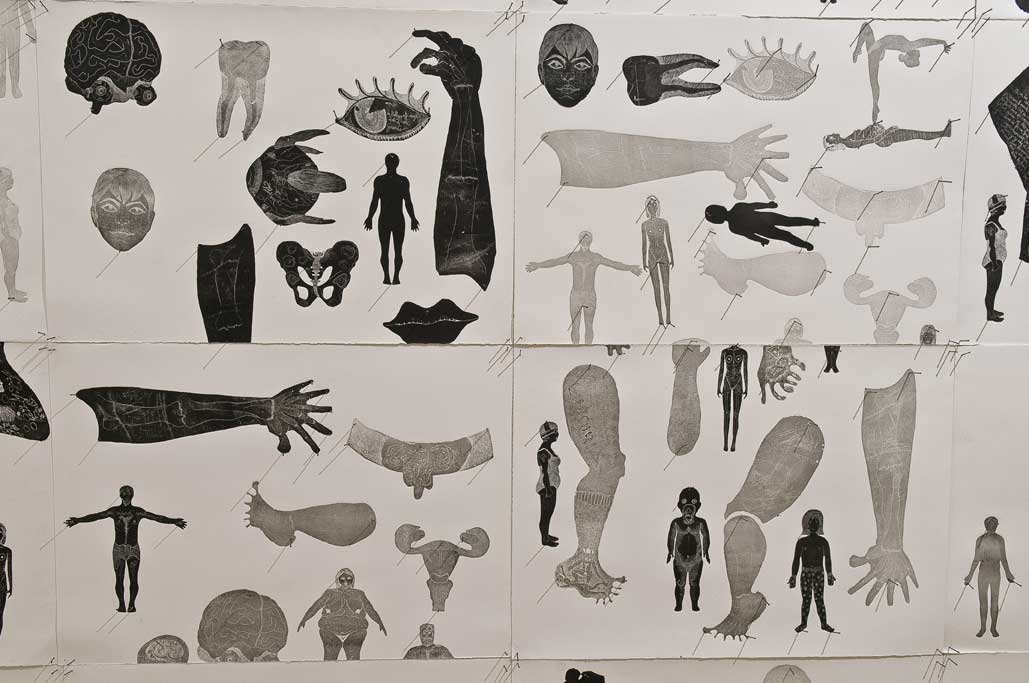
Vi siete mai sentiti secolarizzati?
Rifletteteci bene, quando per voi suona la sveglia, magari dal cellulare, non è mai un rito, è sempre un fastidio, e QUINDI?
Quindi nella vostra agenda giornaliera sopprimete il sacro, mentre in vacanza Dio è morto nei miti dell’estate e va bene così, ma con tutte le parole del caso, perché una cosa è citare Guccini, un’altra è citare quel ridicolo di Vasco Rossi.
Oppure no, sono partita con le accuse troppo frettolosamente, per esempio adesso mi pare già di vedervi mentre scendete nella cripta di una chiesa, magari proprio dove ci sono le spoglie del vostro santo preferito, visto che avrete pure voi una top ten dei santi e una collezione di santini in un album come le figurine panini, vi vedo insomma con i vostri occhiettini che sbrilluccicano riflessi nel metallo dorato degli ex voto appesi alla parete; gambette, criaturielli, cuoricini, e persino qualche squisito quadrettino di barche e tempeste per chi come me viene da un posto di mare.
O magari le vecchie chiese non vi interessano, eppure passeggiando per le vie della vostra città avrete sicuramente visto qualche colorato quanto inaspettato simulacro alla memoria di qualche sventurato deceduto in un punto preciso della strada o della metro; tutto ciò che se siete secolarizzati è solo triste, se non lo siete del tutto è si triste, ma anche molto affascinante.
Sto parlando della religione del popolo, sempre così selvaggia e pagana in tutto il mondo, quel sacro così goffo e così vero che pretende di occupare il suo spazio fisico, tanto da trovarcelo improvvisamente davanti agli occhi quando meno ce lo aspettiamo.
Read More
